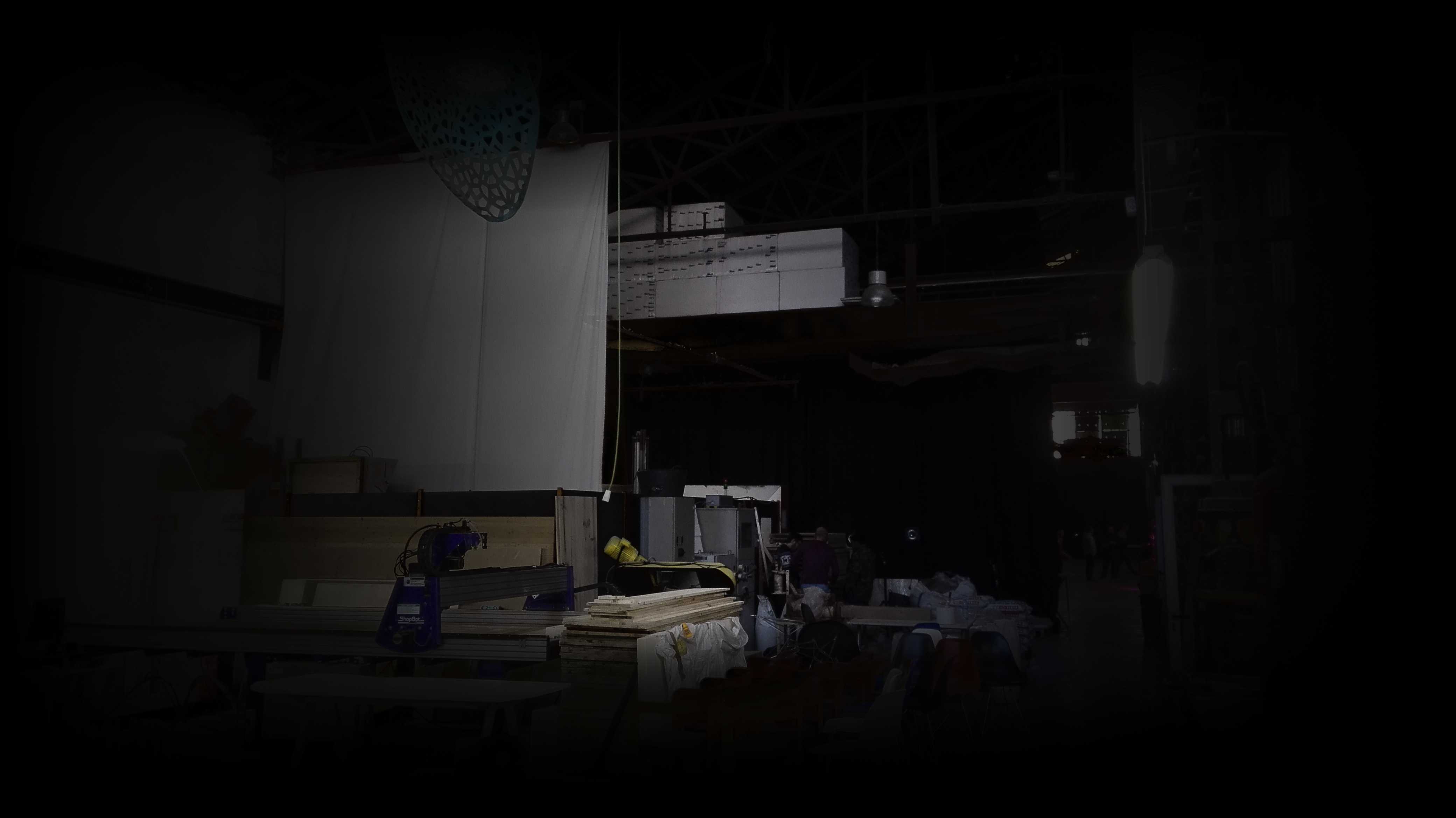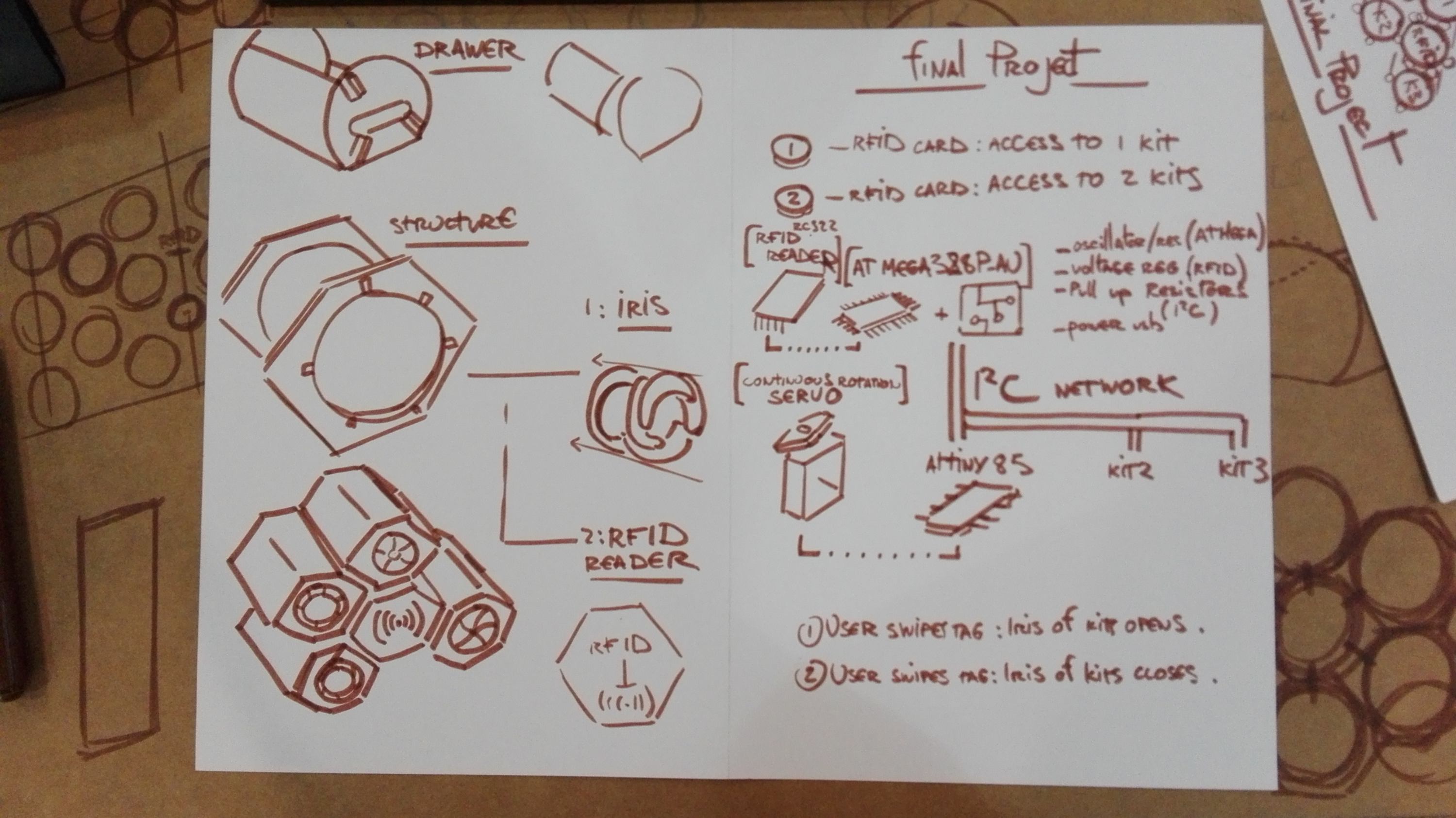

Attending the Fab Academy in Barcelona, I document each week of intense learning as I come across new digital fabrication techniques.
This documentation is as much a report of what I do as a reflection on why I do so, and will hopefully guide me back to Oceania to spread and make good use of the knowledge gathered along the path.
--- summary of the assignment ---
objective :
Propose a final project that integrates the range of units covered. Think of your project plan as an ‘installation and implementation guide’ for the future. How will others be able to make your project by reading your documentation?
what I did :
I answered the main questions about my final project.

25.05.18 /The fab academy is coming to an end. For the next couple of days I will refine my documentation for each week and work on unfinished assignments.
I incidentally walk into a meeting organised by Rasmus, founer of Next Food and Grow Stack, discussing about their activities during the Makerfaire in Barcelona, and looking for some extra helpers.
I also hear back from Gribblehirst, the community in Auckland where the lab is likely to be set up. They are focusing on writing a proposal to the local council to unlock some funds. The local council seems on board with it, writing back to me about one of my former application and willing to look at the Green space as a whole project, funding it in one go.
I finally hear about a project for a Fab Lab on Easter Island, potentially looking for some helpers. I cannot wait to put some time into learning Spanish to partake in the Fab Lat network somehow.
31.05.18 /I have finished my additions, corrections and proofreading of all assignments. I can now focus on my final project.
Now, I can have a go at answering the following questions about my final project :
What will it do? Who has done what beforehand? What materials and components will be required? Where will they come from? How much will it cost? What parts and systems will be made? What processes will be used? What tasks need to be completed? What questions need to be answered? What is the schedule? How will it be evaluated?
So, to get started...

What will it do?
It will provide two users access to the learning kit they are allowed to access, using their RFID card.
Who has done what beforehand?
- Fab Man is an existing compehensive system tracking what users do, allowing/refusing access to machines, dealing with booking and credits.
- the Global humanitarian Lab is working on Fabkit, developing a system to train trainers.
My project might merge with one of these later on.
What materials and components will be required?
Cardboard, electronics for now. I am developing a prototype, not a final object ready for the market.
Where will they come from?
Left over from the lab, electronics lab, and possibly the nearby electronics store nearby
How much will it cost?
electronics : (under) | 20 euros
cardboard : (under) | 20 euros
total : (under) | 40 euros
what parts and systems will be made?
- electronics : 1 I2C network with 3 SLAVE PCB able to control a servo each and one MASTER PCB with an RFID reader.
- physical objects : 3 learning kits (empty) and their structures, 1 RFID interface (a facade for the RFID reader).
What processes will be used?
laser cutting, electronics. Perhaps 3D printing.
What tasks need to be completed?
See schedule below.
What questions need to be answered?
- Will the I2C network work correctly using ATmega328P and ATtiny84?
- How to set up the code for RFID recognition and communication with the slave microcontrollers?
What is the schedule?
01/06 : prototyping electronics
02/06 : design PCB
03/06 : design structure and kit
04/06 : milling, stuffing and programing PCB
05/06 : fabrication structure and kit
06/06 : production video and slide
07/06 : documentation
The last four days are buffer, to finish what has not been finished.
How will it be evaluated?
I will test both RFID cards many times. If the process follow what is described below, the evaluation will be successful :
- user swipe card. The pre-determined accessible kits for this user are unlocked (iris opens). User takes a kit, then swipe card again. The kits lock themselves.
I will also test unexpected scenarii - for example, swiping RFID card 02 after RFID card 01 has been swiped and opened learning kit - and report the result.